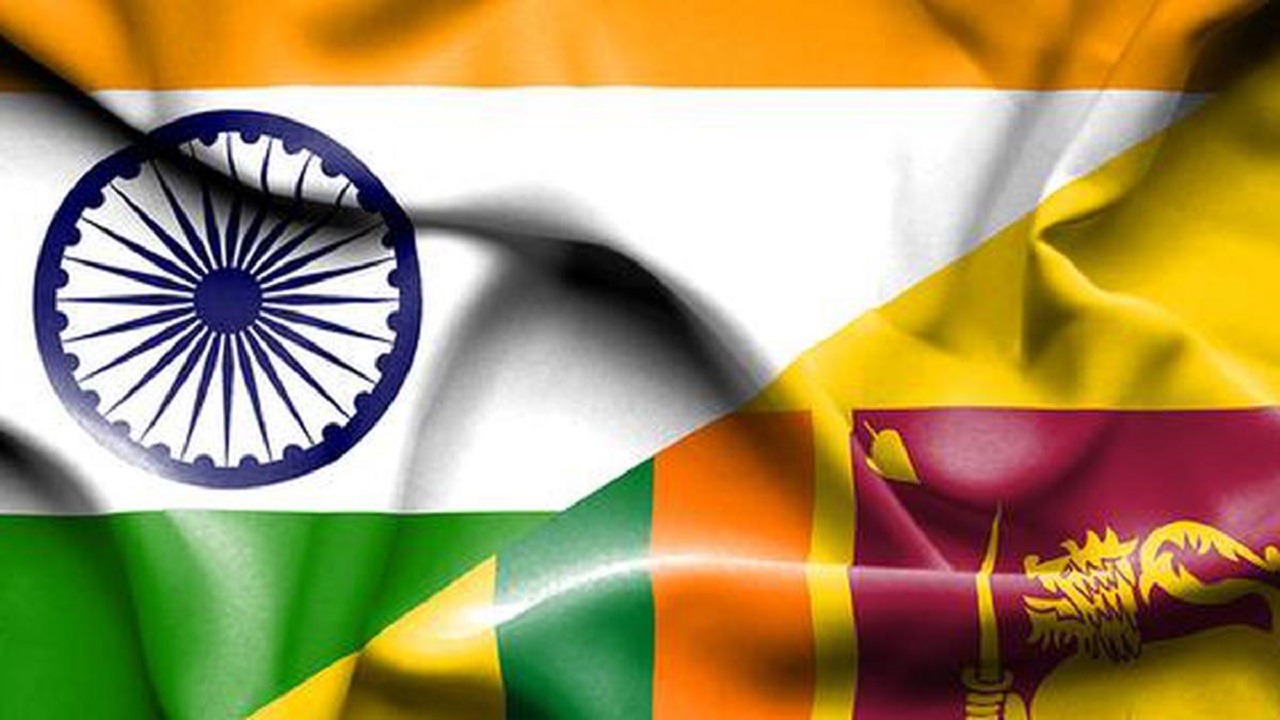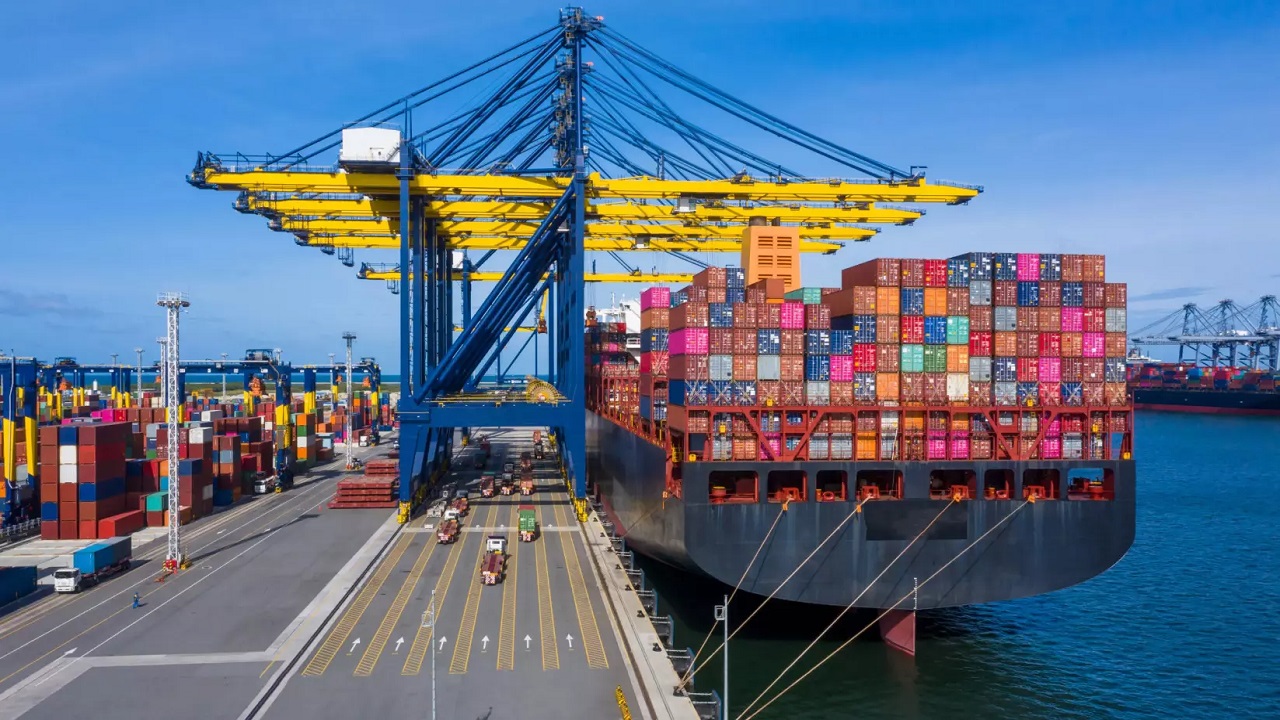India–Sri Lanka 2.0: Diplomacy, Defence, and Development
Context:
India and Sri Lanka share deep-rooted historical, cultural, and strategic ties. In recent years, the bilateral relationship has gained renewed momentum due to evolving geopolitical dynamics in the Indian Ocean Region (IOR), particularly in the backdrop of China’s growing presence.
Prime Minister Narendra Modi’s state visit to Sri Lanka in 2025 is a landmark development, showcasing India's commitment to strengthening regional partnerships under the Neighbourhood First and SAGAR (Security and Growth for All in the Region) doctrines.
High-Level Engagements Between India and Sri Lanka
1. Bilateral Talks and Strategic Review
-
Held delegation-level talks in Colombo.
-
Reviewed progress under the "Joint Vision for a Shared Future"—an outcome of President Dissanayake’s earlier visit to India.
2. Defence and Maritime Cooperation
-
Signing of a landmark Defence Pact to enhance:
-
Strategic cooperation
-
Maritime security
-
Intelligence sharing
-
-
Sri Lanka assured India that its territory will not be used against India’s security interests.
-
Seen as a countermeasure to China’s assertive posture in the Indian Ocean.
3. Sectoral Cooperation
-
Energy Sector:
-
Trincomalee to be developed as a regional energy hub.
-
Sampur Solar Power Project virtually inaugurated.
-
-
Digital and Trade:
-
Focus on digital infrastructure, healthcare, trade facilitation, and regional development.
-
₹300 crore grant by India for Sri Lanka’s Digital Identity Project.
-
-
Eastern Province Framework signed for Indian grant assistance.
4. Economic and Financial Support
-
Acknowledgement of India’s $4.5 billion assistance during Sri Lanka’s 2022 economic crisis.
-
Support included credit lines, food, and fuel aid.
-
-
Discussions on:
-
Debt restructuring
-
Currency swap agreement to support macroeconomic stability
-
Symbolism in India–Sri Lanka Engagement
1. Diplomatic Firsts
-
President Dissanayake’s first foreign visit was to India.
-
PM Modi became the first foreign guest hosted by the new Sri Lankan President.
2. Ceremonial Recognition
-
Modi received a ceremonial welcome at Colombo’s Independence Square.
-
Conferred with the Mithra Vibhushana medal — Sri Lanka’s highest civilian honour for a foreign leader.
-
This was the 22nd international award received by PM Modi.
3. Cultural and Spiritual Diplomacy
-
Scheduled visits to:
-
Anuradhapura for inaugurating India-funded development projects.
-
IPKF Memorial, to pay tribute to Indian peacekeepers of the 1980s.
-
-
Promotes Buddhist heritage diplomacy and cultural revival in the region.
China’s Expanding Footprint: Strategic Implications
1. Growing Investments
-
Sri Lanka has received $3.7 billion in Chinese infrastructure investments, including:
-
New oil refinery in Hambantota
-
Expansion of Belt and Road Initiative (BRI) projects
-
2. Hambantota Port Concerns
-
Leased to China for 99 years following debt repayment failure.
-
Docking of Chinese surveillance ships like Yuan Wang 5 has raised maritime security alarms in India.
-
Sri Lanka continues to permit Chinese vessels under “replenishment” claims.
Implication for India: Increasing Chinese control in IOR undermines India’s strategic depth and influence in its own maritime neighbourhood.
Strategic Recalibration of India–Sri Lanka Ties
1. Reset in Defence Cooperation
-
First-ever umbrella Defence MoU signed.
-
Aims to consolidate:
-
Maritime security initiatives
-
Strategic intelligence exchanges
-
Joint capacity building
-
-
Marks a shift from cautious post-IPKF ties of the late 1980s.
2. Support for Maritime Sovereignty
-
Sri Lanka requested India’s technical assistance to present its claim before the UN Commission on the Limits of the Continental Shelf (CLCS).
-
Seeks to extend maritime boundaries beyond its Exclusive Economic Zone (EEZ).
Strategic Significance: Enhances regional cooperation on maritime law and underlines India’s role as a partner in capacity building.
Conclusion
PM Narendra Modi’s 2025 visit to Sri Lanka represents a watershed moment in bilateral diplomacy. It reflects:
-
A deliberate strategic recalibration amidst China’s growing assertiveness.
-
Strengthening of traditional ties through cultural diplomacy and high-level engagement.
-
Reaffirmation of India’s commitment to regional leadership under Neighbourhood First and SAGAR policies.
For UPSC relevance:
-
Case study for India’s maritime strategy.
-
Example for India’s soft power through diplomacy and cultural engagement.
-
Illustration of India’s economic and strategic counter to China in South Asia.




Comments (0)